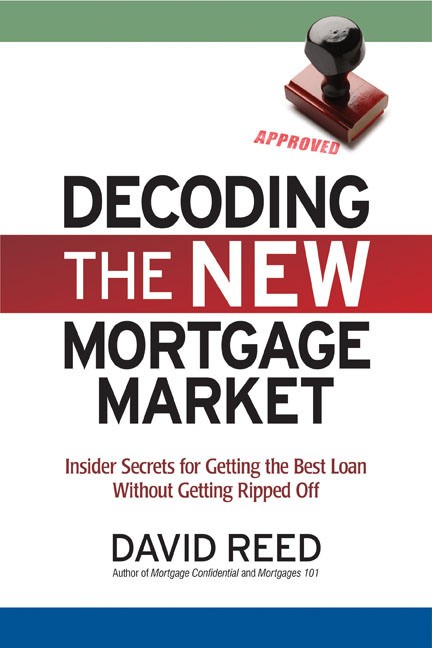Secrets Of A Mortgage Loan Officer
Post on: 2 Июль, 2015 No Comment

By Linda Fiorella
Some experts believe that consumers could have prevented the subprime mortgage fiasco … if only they were better educated about how mortgage financing works.
But who wants to school themselves on ratios and amortizations and securitizations when there’s another type of homework to tackle—like picking out paint chips and light fixtures? Of course, before you can hit the Home Depot to canvas the paint aisle, you have to get the right financing.
So we talked to a veteran in the industry, Joe Parsons, a senior loan officer at PFS Funding in Dublin, Calif. to get his advice on the key things that home buyers need to know—from where to go for your loan to how you can up your chances of being approved for a mortgage.
LearnVest: What does a mortgage loan officer do?
Joe Parsons: A loan officer at a bank or a credit union is typically just the smiling face of the institution—the officer’s job is to accept an application that the borrower has filled out, and then hand it off to the underwriting department.
An independent loan originator, on the other hand, typically renders more service to the borrower, including things like advising the client about the best loans available for their purposes, gathering documentation throughout the process, ordering the appraisal and communicating directly with the underwriter to ensure that the loan gets approved.
So what happens if you don’t use a loan officer?
A large bank or credit union relies on the underwriting department to handle all of the above tasks—and these departments aren’t working as representatives for the borrower. The takeaway for the consumer: Mortgage rates available at an independent loan originator, whether it’s a broker or a small banker, won’t be higher than those offered through a big bank. In fact, in many cases, the rates are somewhat lower, partly because independent mortgage brokers typically have more loan sources available to them compared to the big banks, which usually just have a handful of loan products to offer prospective homeowners.

Why are mortgage rates constantly changing?
Virtually all mortgages are sold on the secondary market—this is the function of Fannie Mae and Freddie Mac. So once a lender has funded your loan (given you the money), they’ll sell it to the investor for cash at a small profit. That loan will then be bundled with thousands of others into a bond called a Mortgage Backed Security (MBS), which is bought and sold by investors just like other bonds and stocks. The price of these securities fluctuates daily based on market activity, so when the price of the MBS goes up, the lender will get more for the loan if they sell that day. And that means they can give you the money at a better price.
The market for MBS typically fluctuates about .25% from one day to the next. If the MBS price went up .25% (25 cents per $100 of bond value), the lenders would improve the pricing on their loans by that amount, which would show up in the form of a larger credit to the borrower for the interest rate chosen. So an improvement of .25% in the bond market would mean that a $300,000 loan would be $750 less expensive, if the borrower chose to lock in the rate at that time.
What’s more important: rates, fees or points?
It depends. If someone plans to have a loan for a very short time (two years or so), trading a slightly higher rate for a larger rebate may make sense. As a general rule, raising the rate .25% will increase the rebate from the lender by 1% of the loan amount. Conversely, someone who expects to have a loan for a very long time may benefit from a lower rate attained by paying “points” (one point is 1% of the loan amount). Mathematically, paying 1% of the loan amount to reduce the rate by .25% will break even in about four years, but it seldom makes sense unless the borrower plans to use the lower rate to pay off the loan faster.
As far as fees are concerned, you have to make a distinction between lender fees (underwriting, document prep, processing, etc.) and third-party fees (title, escrow, appraisal, recording, notary). Some lenders and brokers have very high lender fees, while others may have higher rates instead. For this reason, the consumer should get a written estimate of all the fees involved in the proposed transaction, and then compare the options. Case in point: One lender may have $1,000 in underwriting and processing fees, while another has none—but if the “cheaper” lender has rates that are .125% higher, it may be a false economy to go “cheaper.”














